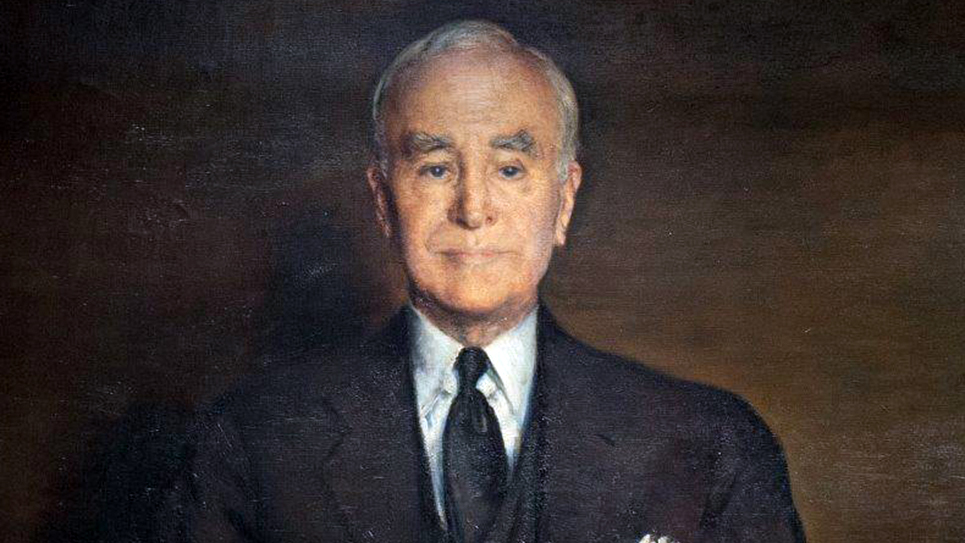Amnesty for Illegals to Combat Declining Birth Rates?
By Dr. Harold A. Black
blackh@knoxfocus.com
haroldblackphd.com
Chuck Schumer wants amnesty for illegals and a path to citizenship for “all 11 million or however many undocumented there are here.” Now 11 million is the number that has been used for at least the past 10 years. I guess we are to assume that the million plus coming across our southern border each year somehow does not add to the total and those already here haven’t had any babies. In reality the number is likely closer to or greater than 30 million. Schumer said that we need new citizens because “We have a population that is not reproducing on its own with the same level that it used to.” On this point he is correct. The fertility rate has to be 2.1 to just maintain population at its current level. A rate above 2.1 means population is growing. A rate below 2.1 means that population is falling. Western Europe and Japan have had fertility rates well below replacement for several decades now and their populations are in decline. The fertility rate in the United States is 1.6. So Schumer is correct but has conveniently forgot that one of the reasons for the decline in the birth rate has been the 61 million abortions performed in the United States since Roe. Around 1 million babies are aborted each year and some major cities actually have had more abortions than live births.
The decline in birth rates is across all races and ethnicities. A report from the US Centers for Disease Control and Prevention’s National Center for Health Statistics found that births dropped by 4% among white, black and Latina women, 9% for Asian women, 3% for Hawaiians and other Pacific Islanders and 7% for Native American and Alaska native women. Families are getting smaller. Birth rates have fallen among teenagers and the average age of new mothers has increased.
Thus, more and more new immigrants are needed to come into the country since apparently once they get here, they stop having as many babies. Actually, birth rates are in decline throughout much of the world. Globally, birth rates are projected to fall below replacement by 2070. Ninety countries are expected to have these lower birth rates with only some African countries and Pakistan are expected to maintain a growing population. China which once had a one child policy has reversed itself. Under the old policy, Chinese families had a cultural preference for male children and aborted female fetuses. This skewed the population with too few females and Chinese population is falling by 400,000 per year. Now the Chinese are providing incentives for three children households.
Importantly, the decreasing birth rates have an immediate impact on social security. In the 1960s there were 6 workers per retiree. That ratio is decreasing. As early as 2035 there will be only two workers per retiree. Also there will be 78 million people over the age of 65 and 76 million under the age of 18. That means that fewer workers pay into the system to support retirees. In order to maintain the payout to retirees, the worker contributions must increase which may become untenable and pit worker against retiree. At a fertility rate of 1.6, the amount of unfunded social security obligations rise to $4 trillion on top of the $17 trillion predicted to occur between 2035 and 2095. This is a demographic time bomb.
The obvious solution is to reform social security. The alternatives are to increase contributions – likely the employer contribution to minimize the political blowback, to decrease payouts – highly unlikely – or to change the program from the current pay-as-you-go system. Now social security payments come from current contributions. That is why the interest return on contributions over a lifetime is a miniscule 1.23 percent. Imagine that a private investment firm told you that if you invest at the same level as your social security contributions over a 30-year term, you would get a return of 1.2 percent! You would be irrational to do so. That is why social security is a mandatory government imposed program. It fails the market test. Instead of a change like adjusting the inflation index or a more radical market based reform, the most likely change would be to increase the age at which retirees can receive full benefits. When enacted only 54% of 21-year-old men and 61% of 21-year-old women lived to age 65. In 2019, 81% of 21-year-old men and 89% of 21-year-old women lived to age 65. Raising the full retirement age from 67 to 70 would cut the deficit by one third.






